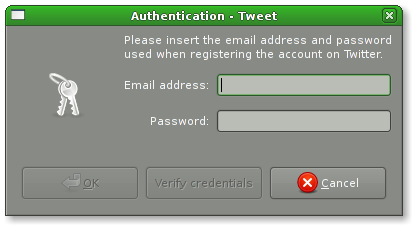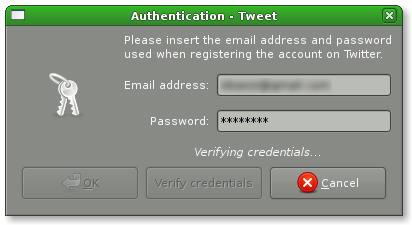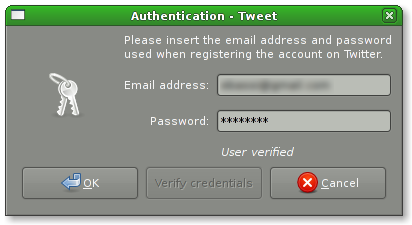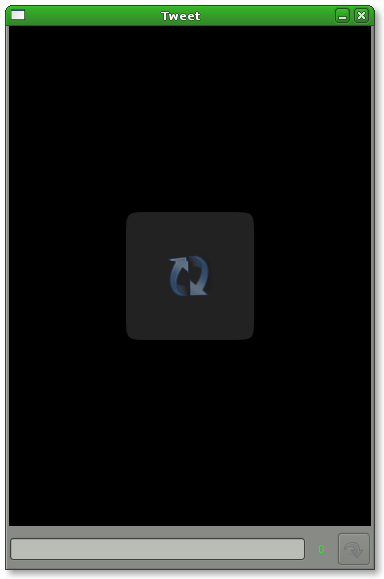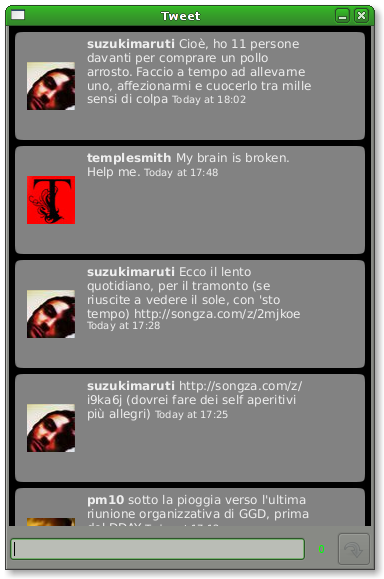json-glib: 0.6 is out! please: download it, test it, use it. as far as I know, it has been packaged for Debian unstable, and has entered the NEW queue (kudos to Rob Bradford, esquire and fine gentleman).
debian: with the release of Hardy I decided to switch back to Debian after three years of Ubuntu. even though there are still some rough edges in Lenny, the support for laptops has definitely improved a lot and so I got back to my old love. starting from Gutsy, I found myself increasingly at odds with Ubuntu decisions and even though I upgraded my wife’s laptop to Hardy, I’m really glad I got back to Debian.
clutter/1: apparently, I’ll give a lightning talk about our reference toolkit for Clutter at this year’s GUADEC, in Istanbul. Øyvind proposed it for me because, regardless of being on the paper committee, I actually forgot the deadline for the CFP — whoops, maybe I shouldn’t have said that. :-) with the Tidy lightning talk and the Clutter guts talk given by Matthew, we decided for a high-level/low-level approach, instead of going for the usual this is teh Clutter, look at teh bling kind of talk. if you want to understand Clutter, Matthew’s talk is definitely where you want to be; as we all know:
Clutter = Clean and nice API + Performance + Portability + Integration = ♥
from my Clutter talk at FOSDEM
so, if you want to know how Clutter creates love, get to Istanbul this July. :-)
tweet: I started eating my own dogfood. Tweet is by no means complete or even guaranteed not to turn you into a goat and eat your breakfast — but now it works well enough for reading your own timeline and sending new statuses; and it doesn’t require trunk of anything any more, thanks to a Tidy transplant. I’m using Tweet as a way to see what kind of API is needed to properly integrate a Clutter canvas into a GTK+ application: colors, fonts, etc. if you want to try it out, contribute or just mock my insanity:
git clone git://github.com/ebassi/tweet.git
clutter/2: we’re really close to a 0.7 release, which will mark the beginning of the slushy phase of the API; as far as documentation goes, we’re in pretty good shape already, at 93% for the Clutter namespace, and another 80% for the Cogl namespace. bindings will need to be updated — but the amount of new API is not that big, so it’s not going to be a long wait. I’m making a note here: huge success.



